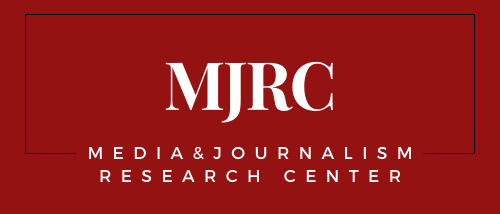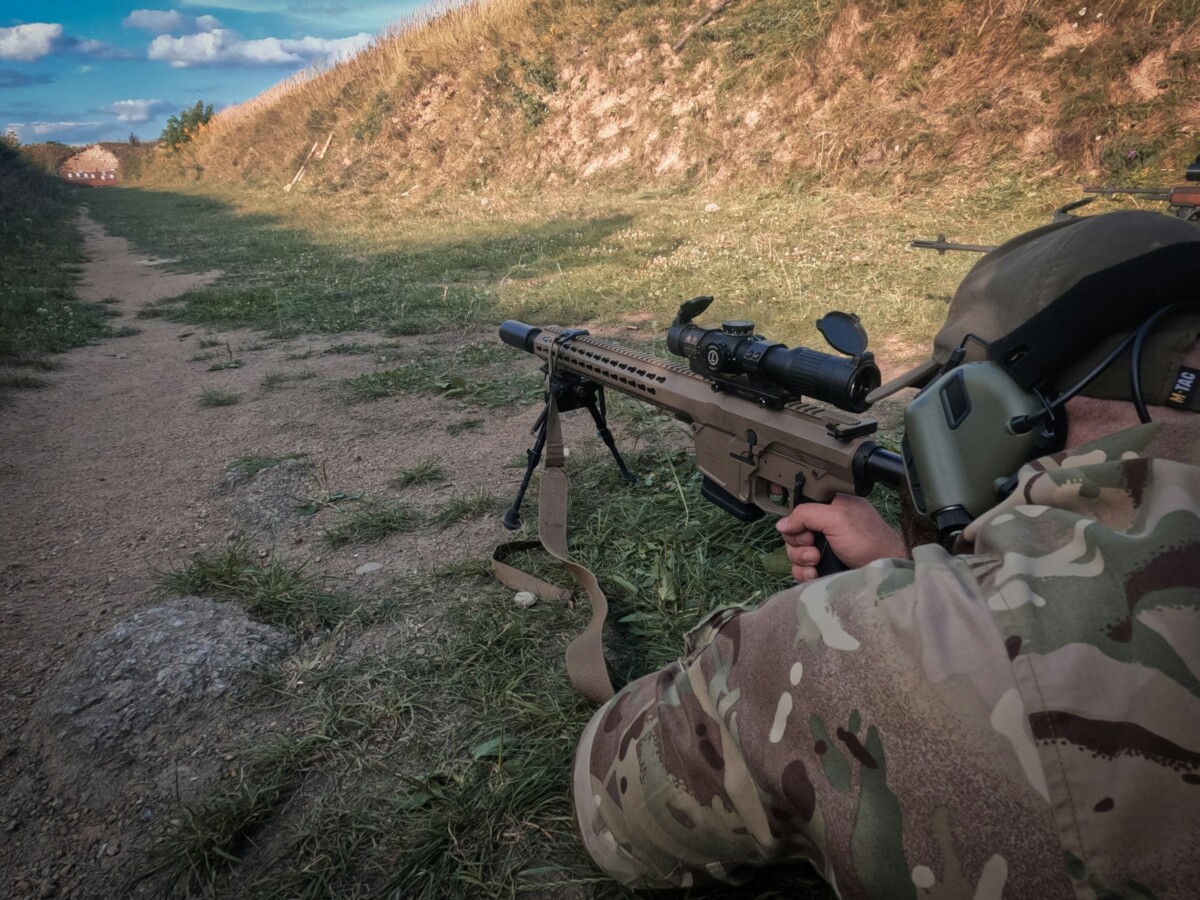How Soldiers in the Ukraine Conflict Stay in the Know
A new report from the Media and Journalism Research Center (MJRC), compiled through interviews with soldiers active in the ongoing conflict in Ukraine, sheds light on where both Russian and Ukrainian combatants turn for news and updates. The findings aim to unravel their preferred sources of information amid the fog of war.
One of the most striking insights of this study is that only a small minority of fighters rely on traditional media as their primary source of news. Even among those who do consult mainstream outlets, their engagement is often surface-level—done more to monitor official narratives than to internalize them as truths.
Most participants revealed a preference for gathering information through direct, interpersonal exchanges, whether in person or via social media. As the soldiers themselves explained, this behavior reflects a deep distrust of traditional media, which they regard as biased and inclined toward propaganda—a perception bolstered by the fact that inaccuracies in these outlets frequently come to light during contemporary conflicts.
Positioned on the front lines, combatants are all too aware of the distinction between truth as they experience it and the manipulated version disseminated to the public. This suggests that the propagation of falsehoods in official narratives and traditional news sources may prove counterproductive. Such practices erode trust, undercut reliance on these channels for information, and may ultimately weaken the influence of state messaging on the very people it is meant to reach.
Combatants were asked about the sources they use to stay informed on domestic and global matters, the level of trust they place in different outlets, and the underlying reasons for their confidence or skepticism. Complementing this, the interviews explored how these individuals interact with and interpret narratives presented by diverse media platforms, unearthing insights into their perceptions and cognitive processing of information.
Penned by Leonardo Ingannamorte, this study forms part of a broader research initiative under the aegis of Central European University (CEU) in Vienna, Austria. It marks the inaugural work in the Who’s Listening research series, a new research project launched this year by the MJRC. The Who’s Listening project seeks to move beyond commonly deployed quantitative metrics that media organizations rely on to gauge their audiences. Instead, the project strives to glean more nuanced and qualitative insights into how individuals relate to news, where they seek information, and the motivations behind their choices.
Read the study here.
Photo by Artem Kniaz on Unsplash
Support independent media research – your donation helps keep our work open.
Donate
